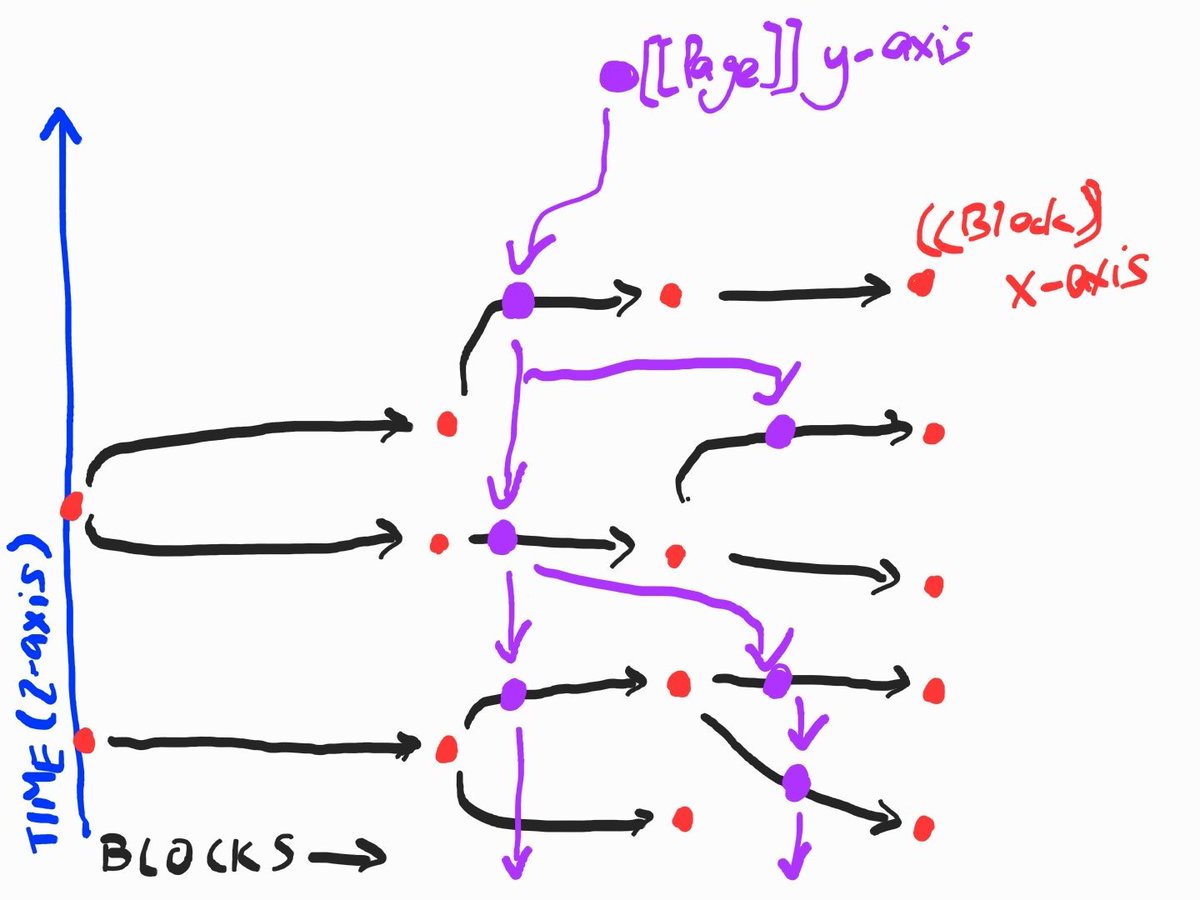
If there is no "hierarchy" in Roam, there is no true "nesting" of bullets. There are only different relationships.
Nested bullets *do not* indicate a parent-child relationship - they talk about "AND" (÷) vs "OR" (×) relationships.
Nested bullets *do not* indicate a parent-child relationship - they talk about "AND" (÷) vs "OR" (×) relationships.
A nested bullet has an AND relationship with its parent or child; A bullet in the same level has an OR relationship with siblings. Each time we create an indent, it is not creating something smaller - you are creating a new circle with an intersection with the "parent".
Am I crazy? Why does this matter at all? It matters - *a lot*, because it transforms our thinking in Roam:
Traditional parent-child view compared with and/or relationships more akin to mathematical sets.
"Chunk of blocks" vs "single block" as granular unit
"Chunk of blocks" vs "single block" as granular unit

In a hierarchical view, we can only go one way → Downwards. We perceive information to be narrowing, getting more and more specific.
In a flat, horizontal view, we can go from a "child" block to a "parent" block too. Most importantly, when going down, info can *expand* too.
In a flat, horizontal view, we can go from a "child" block to a "parent" block too. Most importantly, when going down, info can *expand* too.
Firstly, it's not true that we achieve lesser information as we go down. The opposite is true sometimes - by specifying, we turn something 'abstract' into something of more information. With more information, it can subset into other "parents" as well - hence, a network graph.
• • •
Missing some Tweet in this thread? You can try to
force a refresh




